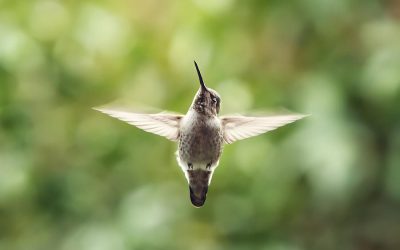![]()
Blog
Dr. Ron’s Blog
Spiritual Awakening, part 2
Mind Like An Ocean There’s a classic metaphor for the mind that likens it to the ocean. Our emotions and attachments to things are like waves that appear on the surface of the ocean, constantly rising and falling. This activity captures our attention and we take is as...
Spiritual Awakening, part 1
Spiritual Awakening. Part 1 You may have heard it before: “She’s a very spiritual person,” or “He’s not a very spiritual person”, or ”They say they are spiritual but not religious”, or some variation on the commentary of a person’s spiritual status. But what is the...
Kind Speech Comes from an Enlightened Heart
KIND SPEECH COMES FROM AN ENLIGHTENED HEART. There’s truth in the old saying, "talk is cheap because words are easy". Words are an unlimited resource for dialogue. Language is at the top of the brain’s evolutionary ladder and serves us well for communicating...
The Verb of Being Kind
Your Basic Dignity People recognize an inherent dignity in a man or woman who has shown a genuine sense of kindness to others. Kindness is the very essence of all things good about people. And the amazing thing is that almost everyone responds positively to being kind...
Humming Meditation
Humming Meditation Any sound is an acoustic manifestation of vibrations in the air that stimulate the sensory process of hearing. But there’s more to these vibrations. The healing benefits of sound have been used throughout qigong and yoga practices for thousands of...
Internal Cleansing
INTERNAL CLEANSING The inside of your body has to be kept clean to be healthy. Debris, waste, and most importantly, viruses and bacteria must be eliminated. Nature has designed the lymph system to be a super effective cleaning crew that works tirelessly to wash the...
How to Make Fear Disappear
Fear is an emotion that has a wide range of manifestations - it could be vague uneasiness, a depressed attitude, a reoccurring avoidance of something threatening, or a sense of impending doom, an urgent need to run away, or striking out with body and speech....
When Does Spring Begin?
According to the standard western calendar spring begins on the vernal equinox, around March 20. This is the time when the sun is directly over the equator at noon. However, traditional Chinese culture celebrates the beginning of spring with its Spring Festival in...
Go Nuts!
Nuts are the ultimate food for winter Nuts and seeds are finally getting the accolades from western science that has so long been granted to them by Chinese medicine. Now everyone agrees that these are nutritional powerhouses with a potent mix of protein, essential...







